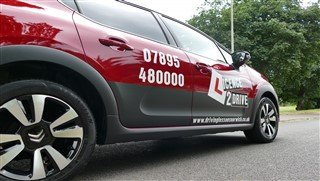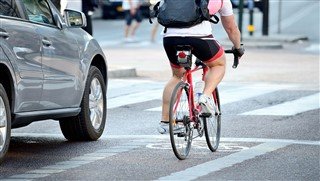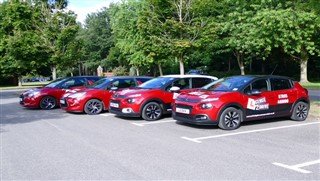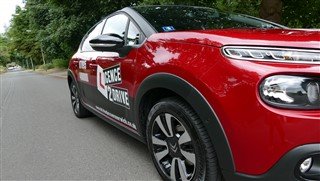
Tips for Tackling Motorway Driving
It was recently announced that learner drivers will be able to tackle motorways (as long as they are in a duel controlled cars!) in response to feedback from recent learners and the wider driving community.
The high speeds can seem intimidating at first, but in fact, when approached safely and in the right mindset, it can be a safe environment.
However, exciting as it sounds, before you start cranking the speed to 70mph, Licence2Drive has a few tips to prepare you for life in the fast lane (where appropriate!)
- Preparation is always important
If possible, prepare your route. Know your junctions and where you need to exit. Give the car a once over and check tyre pressure, brakes, and water and oil levels before you set off. There can be big delays on the motorways so also make sure you have enough petrol, and some water for you and the car!
- Get comfortable with your mirrors
When it comes to driving on the motorway, its all about mirrors, mirrors, mirrors. You will need to check them when you join the motorway, when you change lanes, and to know what is happening from every angle.
Don’t forget to check those blind spots, especially as you are travelling at speed and it is easy for cars to quickly move into those hidden spots.
- Adjust your speed accordingly when joining the motorway
Don’t be afraid. Most new drivers get very nervous just joining the motorway – never mind driving on it! In general, other drivers are good at moving into the middle lane, or adjusting their speed to help you join safely.
Make sure you start to pick up speed when entering the slip road, indicate right and check those mirrors. You may need to adjust your speed, either speeding up or slowing down slightly, in order to move safely into the gap.
- Maintain your speed
Make sure you move with the traffic (within the speed limit of course). It can be dangerous to drop your speed and drive slowly when the traffic around you is driving fast. Staying between 60 and 70mph is the best way to drive.
Don’t brake unnecessarily either as this can cause accidents as other drivers may not be expecting it and cannot react in time. If you can see traffic slowing or an obstruction just ahead, it is worth using your hazard lights to warn those behind you.
- Countdown your markers to exit
If you know you need to exit, get into position earlier rather than later as you don’t want to be pulling across lanes at the last minute. Use the countdown markers to guide your exit. The 3-2-1 marks are spaced about 100 yards apart so provide a great guide to when the exit is coming up.
Also, be prepared to adjust your speed quickly after exiting. Slower roads, roundabouts, traffic lights, or a line of traffic could be waiting for you just beyond that exit. When you are used to driving at speed, it can be easy to carry on.
- Expect the unexpected
Keep your wits about you and distractions at a minimum. Whilst it might be statistically safer to drive on motorways, accidents can happen, and at such high speeds the outcomes can be more serious.
Concentrating so hard can also tire you quicker – particularly as a new driver – so make sure you take breaks when you need to.
In case of a breakdown, move into the hard shoulder as soon as you can, switch on your hazard lights, and call for help.
It might not be time to join the learner motorway brigade quite yet, but don’t forget, if you are nervous about driving on motorways after passing your test, sign up for your Pass Plus.







Recent Comments